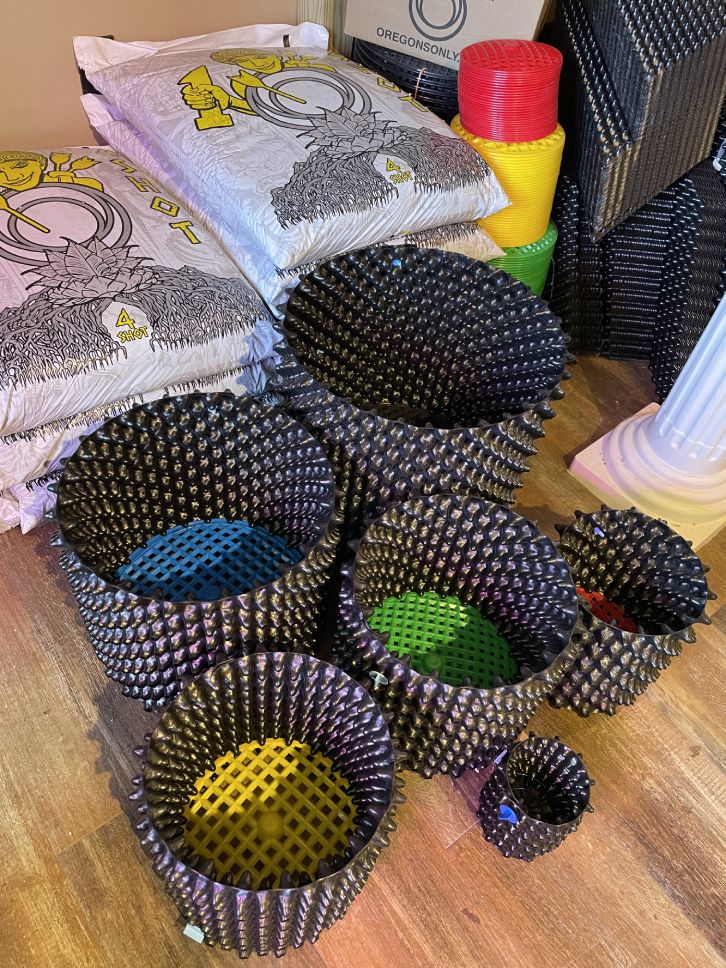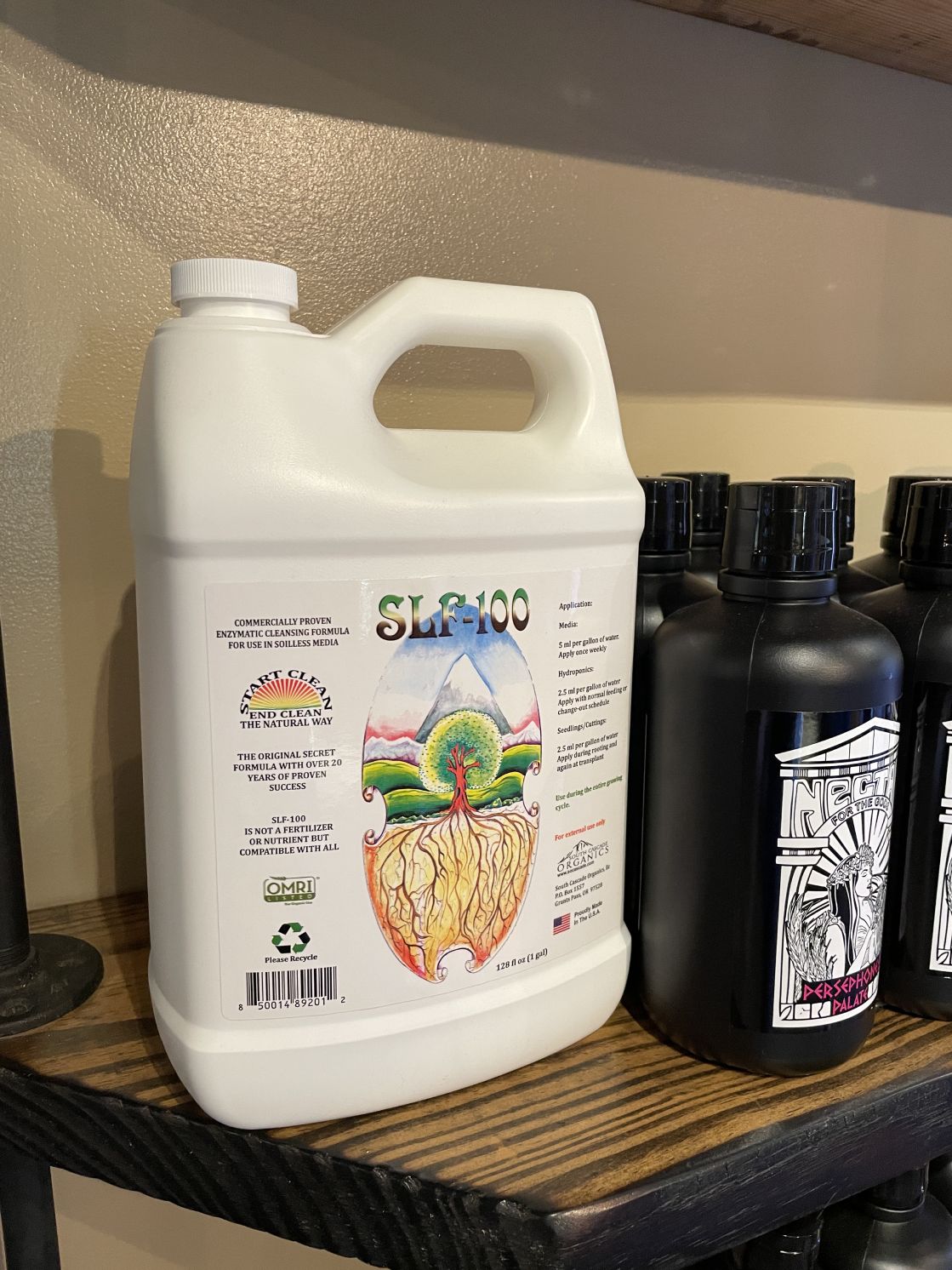Unlocking the Possible of Hydroponics: Comprehending Its Uses and Different Types
Hydroponics, an approach of cultivating plants without soil, has garnered boosting interest for its potential to reinvent agriculture and cultivation techniques. As we browse with the complex landscape of hydroponic systems and techniques, it comes to be evident that each strategy holds unique advantages and constraints.
Benefits of Hydroponic Systems

Another benefit of hydroponic systems is the capacity to expand plants in a smaller sized room. By removing the requirement for dirt, plants can be grown vertically or in piled systems, making best use of using readily available space. This is especially useful in metropolitan areas or regions with restricted cultivable land. Furthermore, hydroponic systems lower the risk of soil-borne diseases and pests, as there is no soil to nurture these dangers. This results in healthier plants and lowers the requirement for dangerous chemicals, making hydroponic farming a much more lasting and eco friendly option.
Usual Uses in Farming

Provided the effective water conservation and space-saving advantages of hydroponic systems, it appears that these innovative farming techniques have found typical usages in different industries of farming. In conventional agriculture, soil-based farming can be land-consuming and labor-intensive. Hydroponics uses a service by allowing crops to be expanded without soil, reducing water use by as much as 90% compared to standard farming approaches. This makes hydroponics especially appropriate for regions encountering water shortage or limited cultivatable land. In addition, the controlled atmosphere of hydroponic systems enables year-round growing, offering a constant supply of fresh produce no matter external climate condition.
Hydroponics is generally made use of for expanding a selection of crops, consisting of leafed greens, tomatoes, cucumbers, herbs, peppers, and strawberries. Its versatility encompasses upright farming, city farming, and greenhouse manufacturing. Furthermore, hydroponic systems are made use of in research and educational setups to study plant development, nourishment, and farming techniques. The flexibility and efficiency of hydroponics make it an important device in contemporary agriculture, addressing the obstacles of sustainability, food safety and security, and resource optimization.
Checking Out Different Hydroponic Techniques
Hydroponic systems provide a variety of methods that cater to different plant types and farming objectives. Additionally, the Ebb and Circulation system, additionally understood as the Flooding and Drain system, intermittently floods the plant roots with nutrient remedy, allowing for oxygenation during draining pipes durations. Each of these strategies showcases the versatility and effectiveness of hydroponic systems in improving plant growth and return.
Comparing Different Hydroponic Systems
Checking out the performance and yield enhancement techniques in hydroponics leads us to contrast various hydroponic systems readily available for crop growing. Each hydroponic system has its special functions, advantages, and restrictions, making it vital for cultivators to choose the most appropriate system based upon their particular demands and constraints.
Among one of the most common hydroponic systems is the nutrient film method (NFT), where a slim movie of nutrient solution constantly moves over the plant roots. This system is prized for why not try here its water effectiveness and viability web for expanding leafed greens and herbs. On the other hand, the deep water society (DWC) system immerses plant origins straight right into the nutrient remedy, providing sufficient oxygen and nutrients. The DWC system is reasonably straightforward and cost-effective, making it a prominent selection for newbies.
One more prominent hydroponic system is the ups and downs (or flood and drain) system, which periodically floods the plant origins with nutrient solution prior to draining it. This cyclic procedure makes certain correct oygenation for the origins while providing nutrients effectively. Additionally, the aeroponic system suspends plant origins airborne and mists them with a nutrient service, promoting quick development and high oxygenation levels. Growers searching for a flexible system that lessens water usage typically select aeroponics. By understanding the differences in between these hydroponic systems, growers can make informed choices to optimize crop yield and top quality.
Advancements in Hydroponic Technology
One essential advancement is the growth of smart hydroponic systems that utilize sensors and automation to keep an eye on and readjust environmental conditions such as pH levels, nutrient concentrations, and light direct exposure in real-time. These systems make it possible for specific control over growing conditions, leading to optimal plant growth and higher plant returns.
An additional remarkable advancement is the integration of vertical farming methods with hydroponic systems, enabling for the farming of plants in stacked layers. This vertical approach makes the most of area application, making it perfect for metropolitan settings where land schedule is limited - The Indoor Earthworm. Furthermore, using advanced LED lighting systems tailored to particular plant needs has boosted power efficiency and improved development prices in hydroponic configurations
Advancements like these are driving the development of hydroponics, making it a sustainable and highly appealing choice for modern-day farming.
Final Thought
Finally, hydroponics supplies many advantages in farming and has different resource strategies and systems that can be made use of to maximize its possibility. Developments in hydroponic technology continue to boost effectiveness and sustainability in food production. By recognizing the uses and different kinds of hydroponic systems, farmers and cultivators can open the full capacity of this ingenious technique of growing plants without soil.
In addition, hydroponic systems enable for far better control over nutrient levels, pH equilibrium, and ecological problems, leading to much healthier plants and higher returns.
